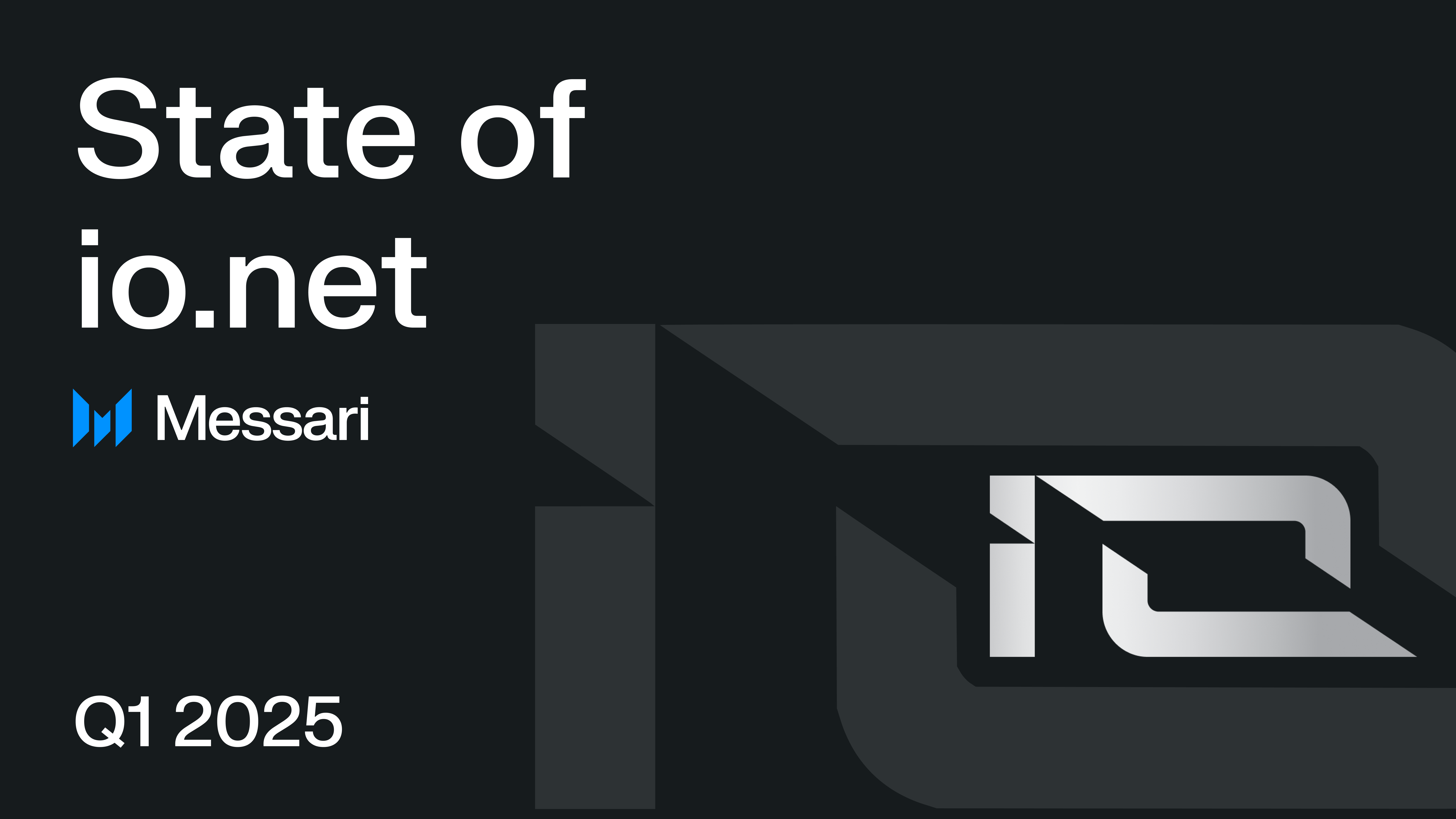Render Network Revolutionizes Digital Content Creation with 'Unification'

In a recent discussion hosted by Render Foundation Spaces on X, Jules Urbach, CEO of OTOY and founder of Render Network, provided insights into the groundbreaking achievements facilitated by their collaborative technology during the production of “765874 Unification,” a short film celebrating the 30th anniversary of Star Trek. Urbach emphasized how Render Network is revolutionizing digital content creation, enabling creators to explore new frontiers in film, art, and storytelling. The film’s production showcased the potential of Render Network to democratize high-quality content creation, allowing for impressive visual effects without the need for exorbitant budgets.
One of the highlights of the conversation was the innovative use of machine learning (ML) to enhance traditional filmmaking processes. Urbach noted that while OTOY has a long history of utilizing digital doubles and face replacement, advancements in technology allowed them to significantly reduce labor hours. The integration of AI streamlined the modeling of actors’ faces, eliminating the need for cumbersome facial markers. This not only expedited the production process but also empowered artists to focus more on storytelling rather than technical challenges, showcasing how AI and GPU rendering can transform the creative landscape.
Looking ahead, Render Network is set to release new tools and integrations, particularly as Black Friday approaches. Plans include integrating AI tools into 3D creation workflows and expanding support for holographic rendering. Urbach’s vision remains clear: to provide creators with the resources they need to tell compelling stories. The success of “Unification” serves as a testament to the innovative spirit of Render Network, paving the way for future creators to push the boundaries of what is possible in digital content creation.
Related News





